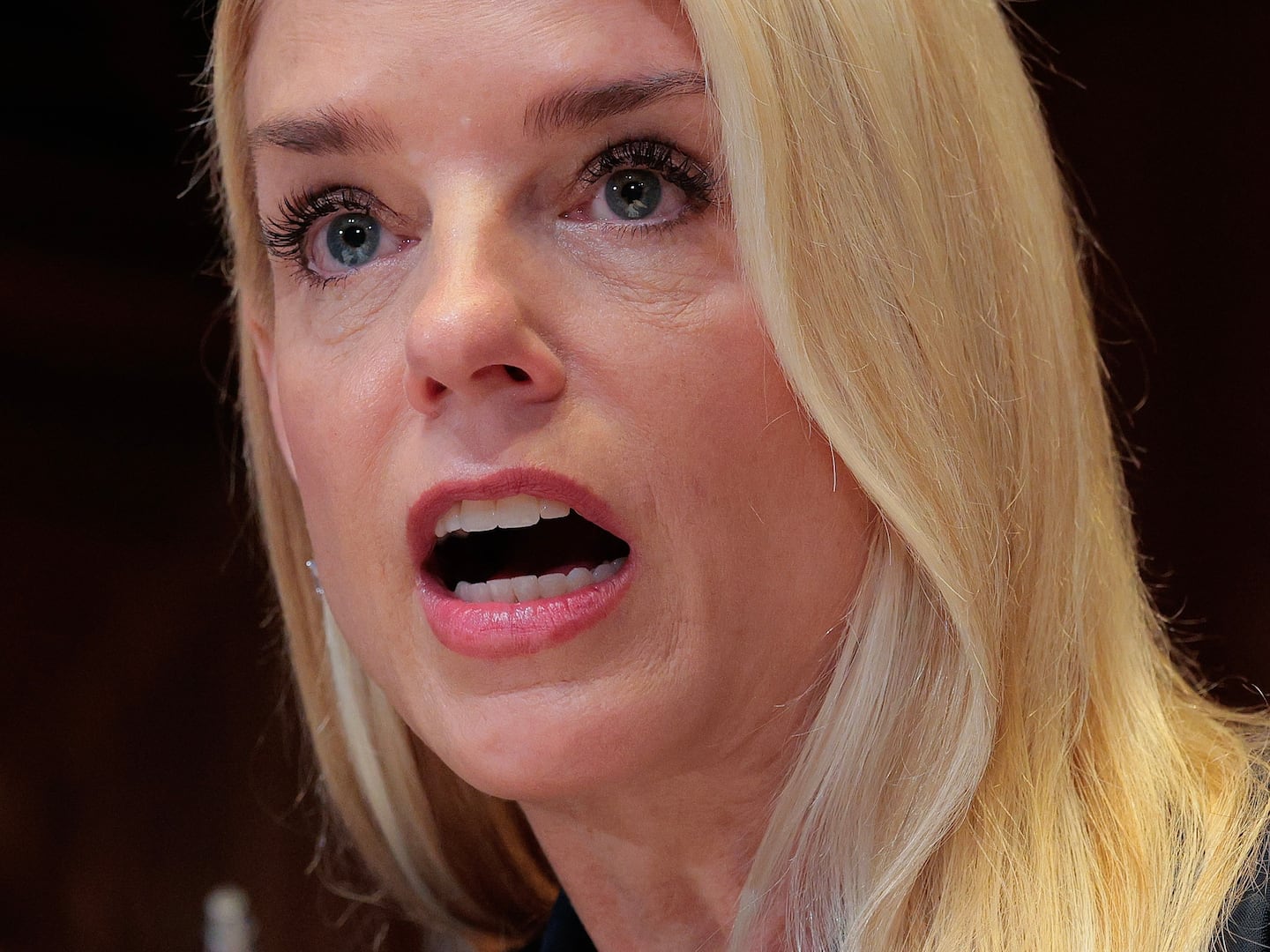On a late spring night at Manhattan’s Birdland jazz club, a tall, self-assured singer takes the stage and croons the 1928 Gershwin tune, “How Long Has This Been Going On?”. The answer to that musical question could well be, “For about 70 years before you were born, sonny!”, because at that moment, Nick Ziobro was still several weeks away from his 18th birthday.
It was Ziobro’s debut performance at the legendary New York nightspot, marking the release of his first CD, “A Lot of Livin’ To Do.” While his contemporaries might have Ariana Grande and Austin Mahone on their Pandora playlist, Ziobro’s album features a mix of pop, jazz, and Broadway songs that were created by names like Kern, Hammerstein, Bacharach, and Sondheim, and performed by Frank Sinatra, Ella Fitzgerald, and Judy Garland.
The record was produced with obvious care and reverence by Ziobro’s mentor, Michael Feinstein, long known as the “Ambassador of the Great American Songbook.” Feinstein, himself considered one of the finest interpreters of American popular song, sponsors an annual competition designed to bring the classic standards to young people, who will help preserve them for future generations.
At the age of 15, Ziobro entered the contest. Two years earlier, Feinstein had appeared in concert in Syracuse, N.Y., near Ziobro’s hometown of Manlius. The teen’s piano teacher got him tickets.
“I was just in awe,” Ziobro recalled. “It was the first time I’d seen a professional perform that music live. So I entered the competition only because I wanted to meet Michael! I really didn’t think I would win, but I did, and he took me under his wing and all this amazing stuff started happening.”
Feinstein was immediately impressed with Ziobro’s preternatural talent. “One of the things that’s remarkable about Nick,” he said, “is that for his age, he has a very deep connection with the fundamentals of singing a classic song. He has innate instincts that give him a sense of how to shape a phrase or musically bend a note for effect, and how to build a song in emotion and tension. These are things that can be taught to a degree, but in Nick’s case, he carries these instincts with him, and at his age, it’s astounding. He’s a great singer, not just for 17, but great for any age.”
Where does that come from? Ziobro isn’t quite sure. His father is a pharmaceutical sales representative and his mother was a pharmacist until she had Nick and his three younger siblings, all of whom are active in art, dance, or music. “Maybe I got it from my grandmother,” he mused. “She died long before I was born, but my dad and aunts and uncles say she was very musical, and it was her dream to perform on Broadway.”
Ziobro decided that music was one of his favorite things after seeing The Sound of Music when he was two. “I would play it over and over again on VHS. Then, as I got older, my dad would always turn on the classic rock radio station. He didn’t want his five-year-old listening to the Pussycat Dolls and a lot of the other pop music at that time. So I grew up hearing Aerosmith, the Beatles, and Steely Dan.”
He got the performing bug while acting in a fourth grade musical theater production, and first turned the pages of the Great American Songbook at age 11. His piano teacher Tom Reitano brought a “fake book” with hundreds of songs to one lesson, and asked the boy if he could sing. “He started playing and I started singing and I fell in love with it”, Ziobro said. “Our piano lessons turned into sessions with him accompanying me while I learned a new song. He would get me little gigs at bars or restaurants in Syracuse, and I would perform and sing for my meal. I really felt comfortable doing it; I felt a connection to the music.”
Feinstein, no slouch himself in the wunderkind department, began his career at the age of 20, working for Ira Gershwin. But he says there’s little comparison between the teenage Michael and the teenage Nick.
“Nick is more together than I was at that age,” Feinstein said. “I marvel at his poise and command, because I had none of that back then. I had the desire, and I felt what was inside, but I wasn’t able to fully express what I felt. People might say I was good for 16 or 17. But Nick is, in some ways, fully formed. I’m not saying he’s reached his pinnacle … but what he’s already giving us musically can be offered without any qualifications. He’s like a sponge. He’ll observe me do or say something, and incorporate it very quickly. He understands not only music, but how to entertain and perform in front of an audience.”
That’s heady praise for a kid who just graduated high school and turned 18 this month, but don’t expect a swelled head anytime soon. “My friends treat me like a regular kid and that helps me stay down to earth,” Ziobro said, “And my parents raised me to be a humble person. I know there’s always going to be someone a lot better than me, and I acknowledge there’s always more I can learn.”
One humbling moment came when Ziobro was on tour with Feinstein and a venerated songstress who he’d rather not identify. He opened for the woman and was eager to get her reaction to his set. “She came up to me afterwards and said, ‘Nick, I’m sure you were wonderful, but I had the speaker off in the dressing room and didn’t hear a thing.’”
A more memorable and poignant experience came shortly afterwards. Feinstein invited Ziobro to perform with him and Marvin Hamlisch on July 21, 2012 at the Pasadena Pops. At Feinstein’s suggestion, the teen went to a local music store and bought the sheet music for Hamlisch’s “I Can Do That” from A Chorus Line.
“I brought it to the show,” Ziobro recalled somberly, “and Marvin was very sick. Something was definitely not right. He wanted to go to the hospital, but he decided to stay and do the show. After we finished, he was being driven away. I stopped the car and asked if I could get his signature. Marvin opened the door, said, ‘Nick, you were wonderful tonight,’ and signed it.”
It may have been Hamlisch’s last autograph; he died on August 6. “There’s a picture online that’s titled ‘Marvin Hamlisch’s Final Bow’,” Ziobro said. “It shows Michael, Marvin, and me together. That is a moment I’ll treasure forever.”
The final song on Ziobro’s CD, 1934’s “Blame It On My Youth,” is a wink at the novelty of a baby-faced young man singing a tune written 80 years earlier. He seems undaunted at tackling a number previously vocalized by the likes of Nat King Cole, Rosemary Clooney, and Sammy Davis Jr.
He was, however, wide-eyed with excitement about recording the album in New York’s recently-closed Nola Recording Studio. “It felt other-worldly to be in there,” he marveled, “because I was in the same booth where Ella Fitzgerald had stood, and Tony Bennett, and Barbra Streisand recorded her demo there—and all the Sesame Street characters recorded their songs there! It was a very cool experience.” And in a nod to Kermit the Frog and company, Ziobro’s CD includes his version of “The Rainbow Connection” from 1979’s Muppet Movie.
Ziobro has already discovered that once the curtain falls, the life of a performer doesn’t only consist of high notes. Two years ago, he worked with Feinstein four days a week for one month, taking the train by himself from Syracuse to Manhattan every Tuesday. “I would get to the hotel and spend two nights alone before my mom could come down for the weekend. It was a very lonely time. I was a 16-year-old kid by myself in New York. What was I going to do, go out and party? So I just kind of stayed in my room all day and sang.”
But the gregarious teen did make some friends. “I actually got to know the kitchen staff really well. I always talked to one waiter after I was done, he’d bring me dinner, then he’d send me back to my room with a whole box of fresh home-made chocolate chip cookies!”
Keeping old songs fresh is his challenge these days, but Feinstein says Ziobro is up to it. “Nick doesn’t try to imitate Sinatra or anyone else. He has his own instincts that create his own interpretations.”
And how exactly does he do that? “It’s a hard question to answer,” Ziobro admitted. “I always feel cheesy saying ‘I just feel it,’ But sometimes it just feels right and I know what kind of sound to make to get that emotion out.”
“Once I connect to the emotion of the song,” he continued, “it’s all about telling the story. Once I feel that emotional click in me, I know it’s happening in someone in the audience. That’s where the connection lies, that’s where the musical bend happens naturally, that’s where the tension rises. And that’s kind of the way it happens.”
Ziobro will continue to explore and analyze the art of performing this fall, when he begins studying musical theater at Rider University’s Westminster College of the Arts in New Jersey. In speaking of his future, he sounds like one who understands life’s rhythms, and who knows how to construct a melody that will linger for a long time.
“I hope I have a career that has longevity,” he said. “I hope I’m not a one-hit wonder. I don’t need to be a huge, famous star, as long as I’m performing and can make a solid living. I’d like to make an impact as a great performer, whether that means on Broadway or as a singer or actor, and I’d like to be recognized as someone who did very well in this field. I plan to be performing for the rest of my life; I can’t see myself doing anything else.”






